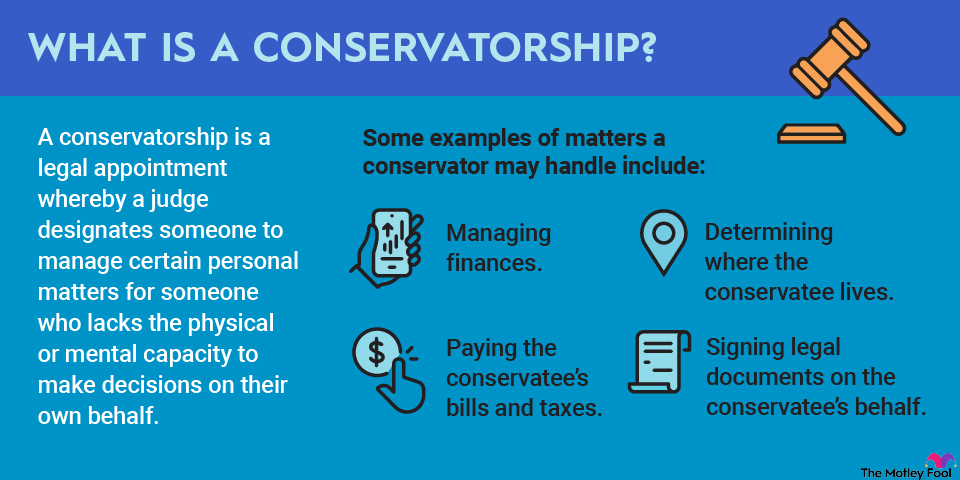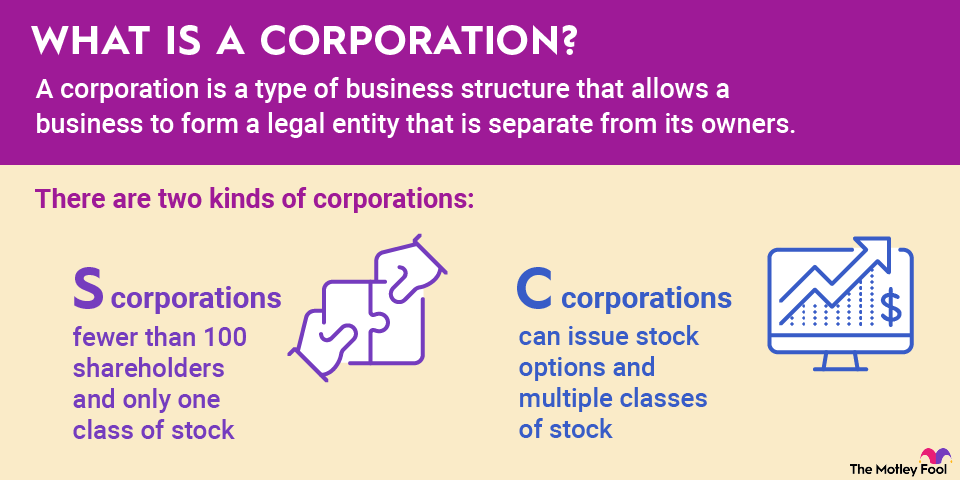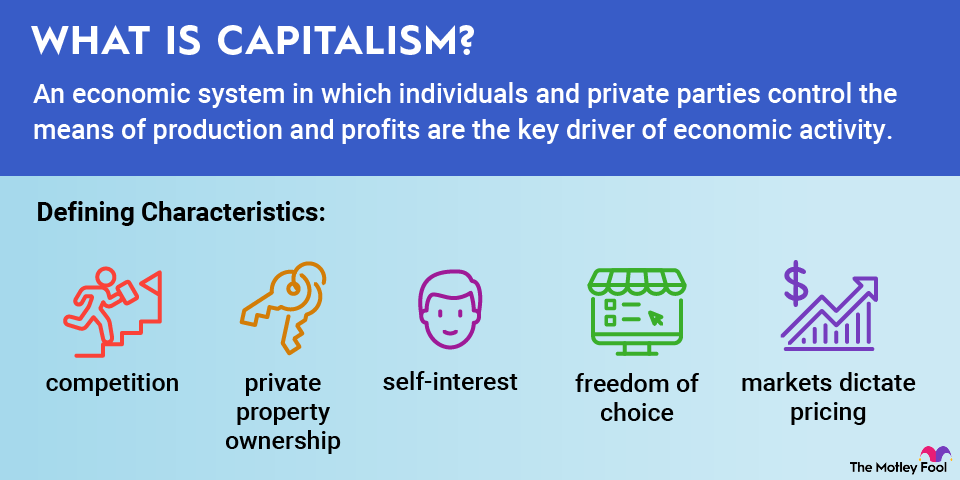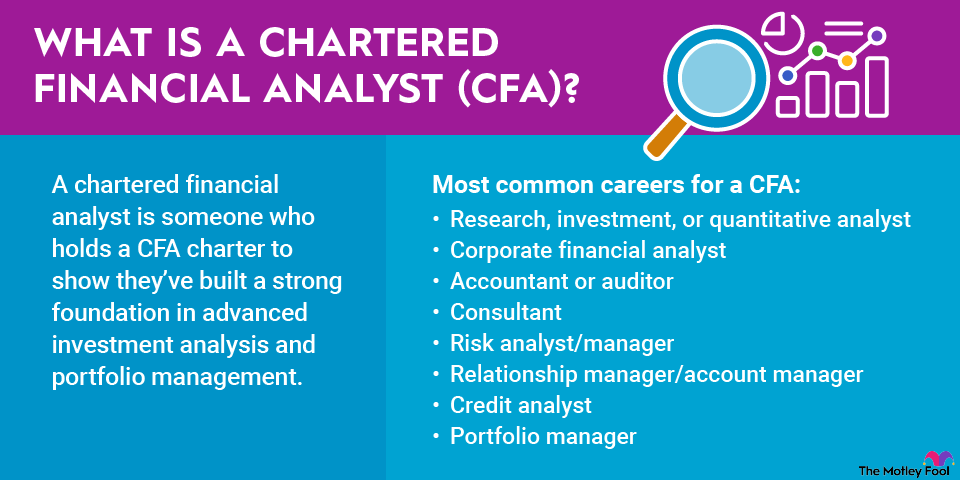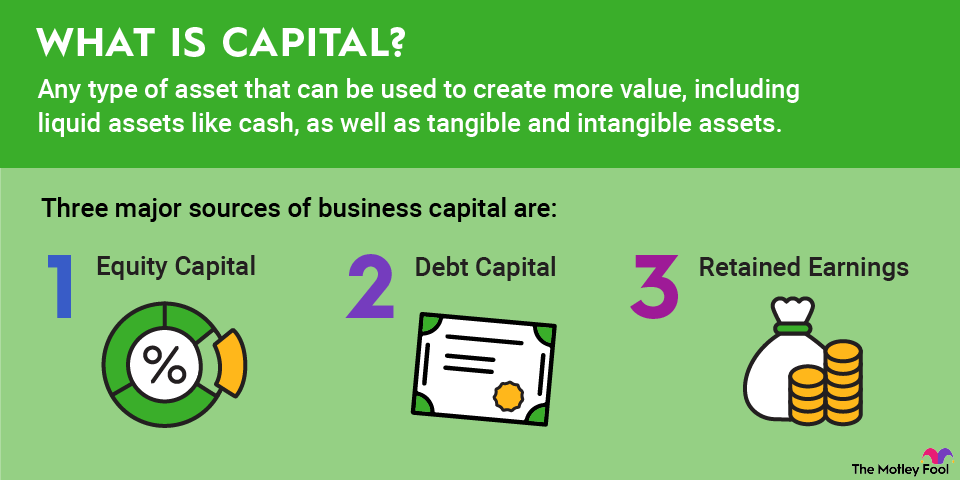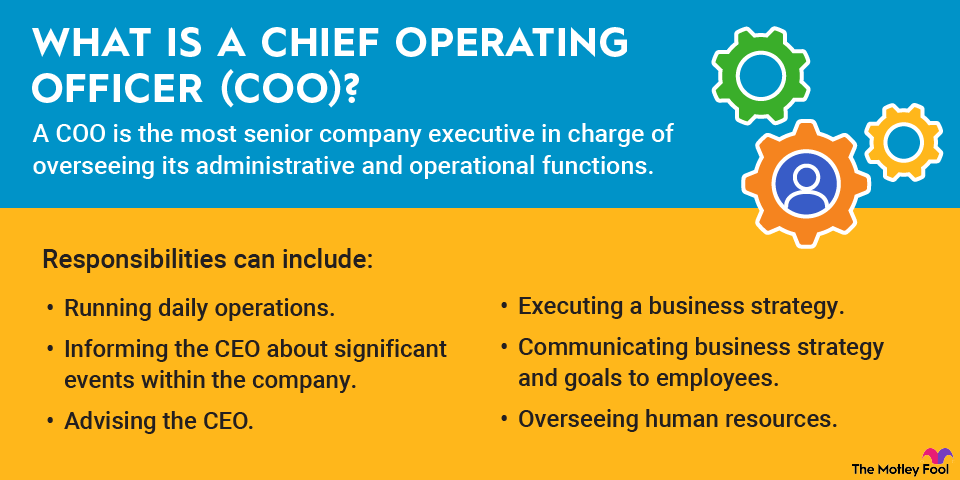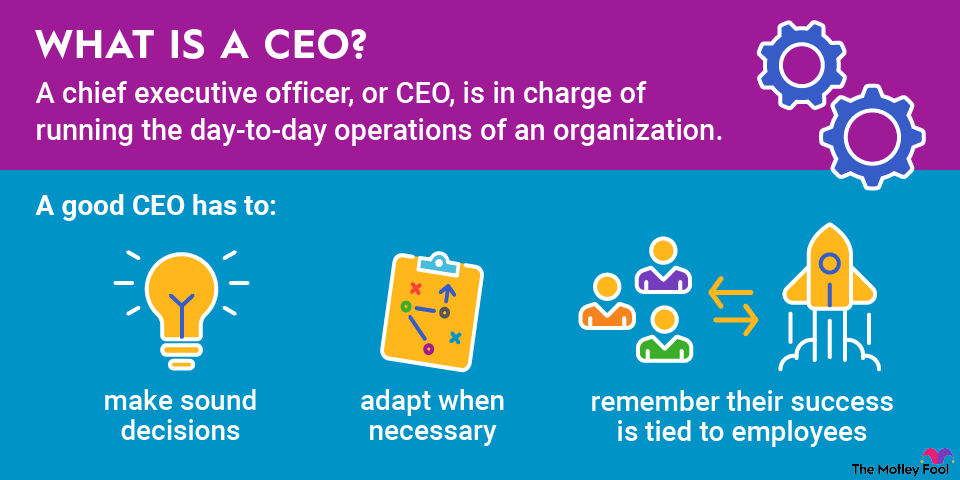FOMO is often stirred up by those trying to make a quick dollar. But short-term investment decision-making is the realm of traders, which is a completely different thing than making a passive investment in an asset for years into the future. When deciding whether to buy into a cryptocurrency or another trendy stock that is attracting lots of attention, ask yourself whether it’s something you wouldn’t mind owning for many years to come -- or if buying is simply an emotional in-the-moment reaction.
Once you decide an investment is worth some of your savings, it doesn’t hurt to dip your toe in the water first. If a crypto or stock is roaring higher due to other investors’ FOMO, it might make sense to get started by dollar-cost averaging a very small portion of your money into the investment, perhaps on a monthly or quarterly basis.
2. Focus on goals, not simply making money
Having money for the sake of having money doesn’t make a lot of sense. What is the money for? In other words, what’s your plan? Saving and investing has a purpose, from preparing for a big purchase (car, home, etc.) to planning for retirement (or a “work optional” period in life).
Before dropping some coin on a money-making scheme, do a mental walkthrough on the purpose for making the money. Or, better yet, write your goals down and read them again. FOMO could lead to a boom-or-bust investment. Perhaps a very small portion of your money is appropriate for such a decision, but imagine a scenario where a large portion of your investment loses value. Then ask yourself if this is an acceptable outcome for what you’re trying to accomplish. If you’re saving for a shorter-term goal, you might want to take a hard pass.
If the goal is longer term, a big price swing to the downside might be fine. In fact, expect this to happen frequently with any investment. Still, actively thinking about investments going wrong and whether that matches your objective is an important step in risk management and avoiding FOMO-driven decision-making.
3. Build a portfolio, not a collection of hot tips
As previously mentioned, incorporating a small percentage of your investments into higher-risk but potentially higher-return investments might make sense for you -- especially if you have many years or even decades to go before you need the money. However, avoid the desire to put together a portfolio of “hot tips” you find on social media or collect from your peers.
Instead, build a portfolio of quality investments built on a long-term thesis. Think growing and profitable businesses benefiting from secular trends rather than short-term fads. Once you’ve put together a core group of holdings, then consider adding in some more speculative growth investments that might be able to build a durable business model over time.
Related investing topics
